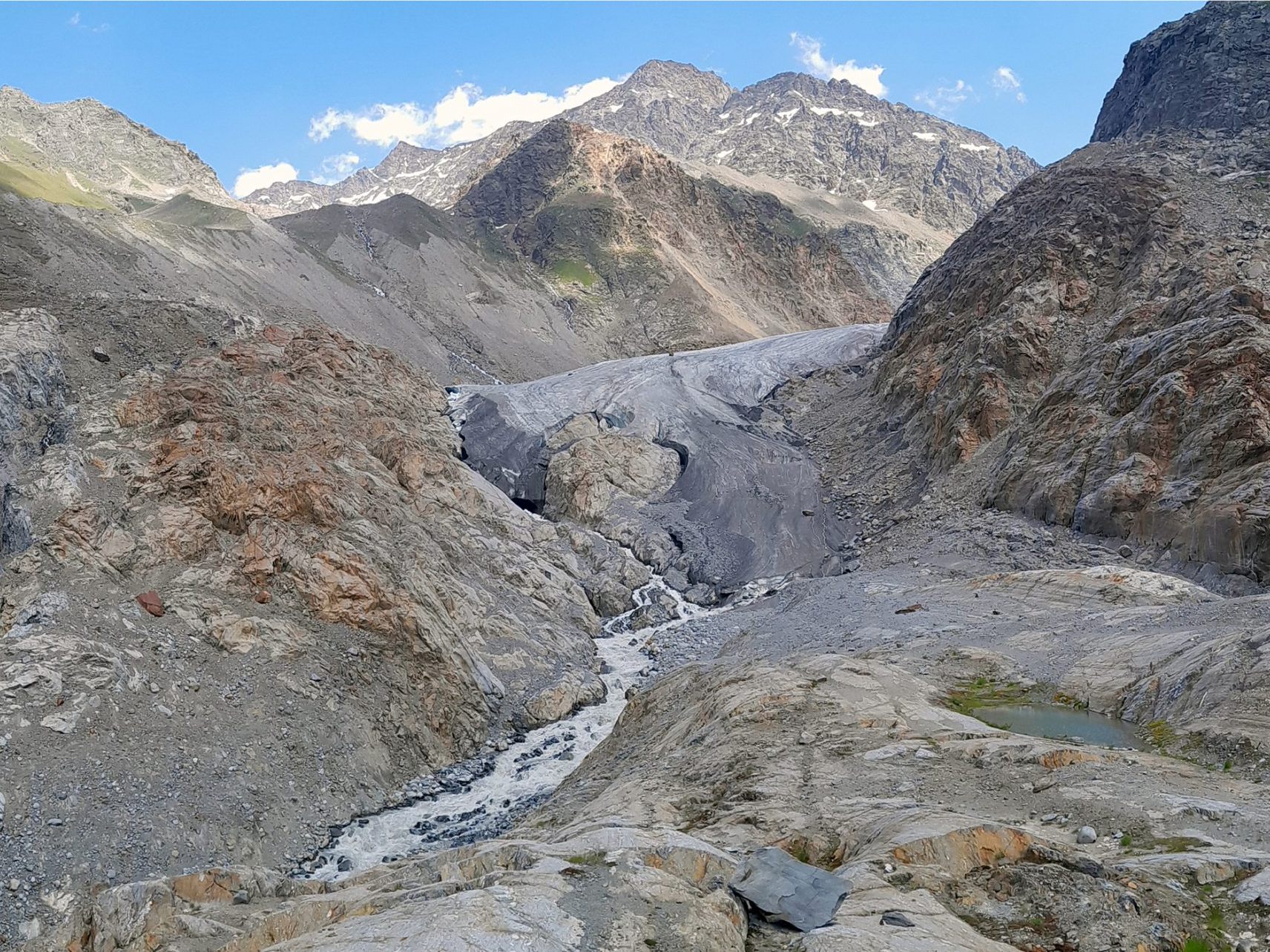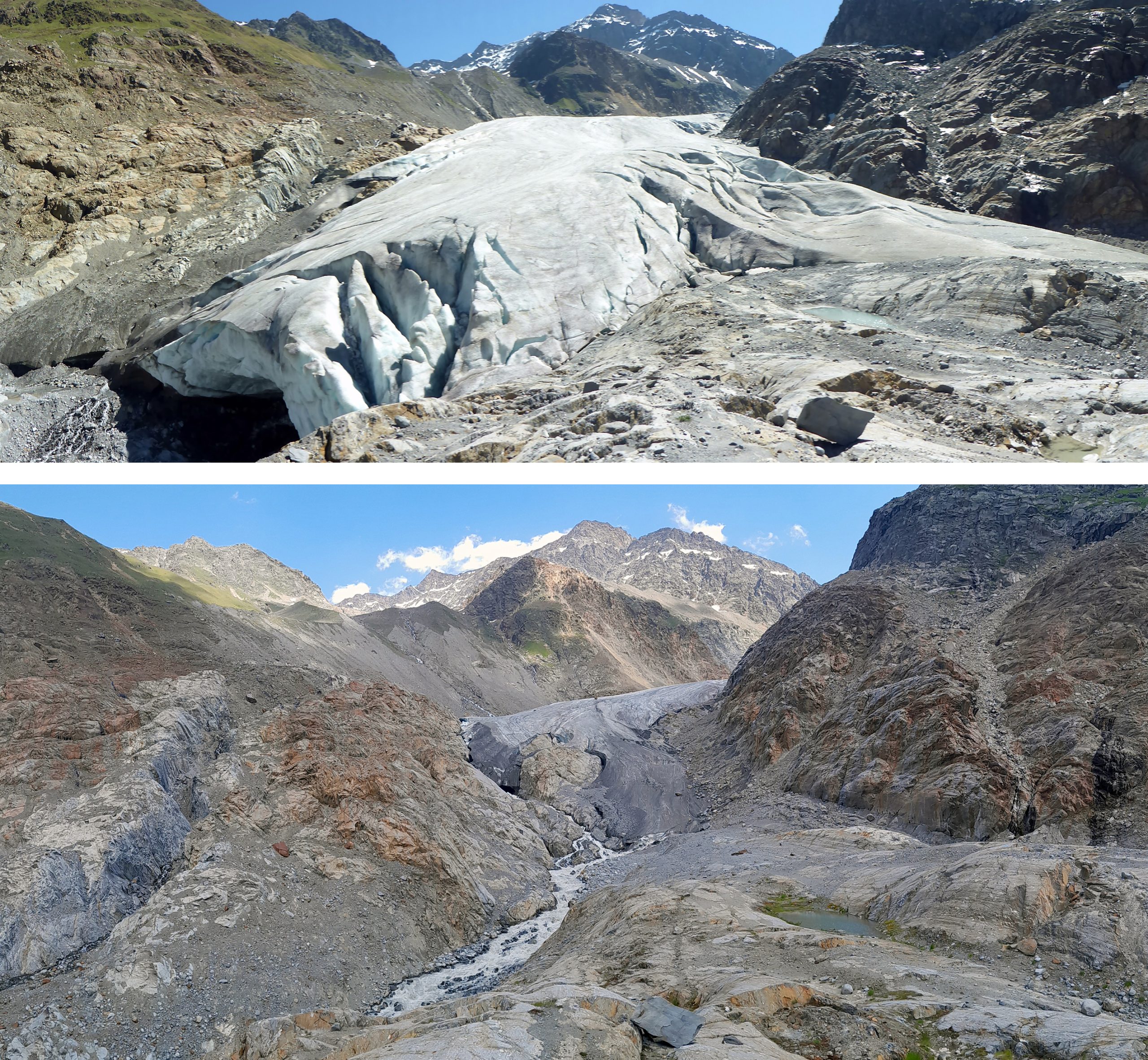Climate Change Causes Local Glaciers to Melt Rapidly

According to new calculations in the journal "The Cryosphere," by the year 2100, only about three percent of the glacier mass from 2017 will remain in the Ötztal and Stubai Alps if average temperatures are only 1.5 degrees above pre-industrial levels. However, the likelihood of this occurring is currently considered extremely low. The year 2024 was the first to be, on average, more than 1.5 degrees warmer than the pre-industrial level worldwide. Experts expect such years to become more frequent in the future.
Window for Glacier Preservation Closing Very Quickly
The current emissions path points more towards an average increase of three degrees Celsius. Additionally, global warming over land tends to be stronger, and the increases in the Alpine region are already more pronounced than in other world regions. "The 1.5-degree target - and thus the chance to preserve a small part of the regional glacier mass - is still achievable, but the window of opportunity is closing very quickly," said climate expert and co-author of the study, Fabien Maussion, from the universities of Bristol (UK) and Innsbruck in a press release.

In their new calculation model for the development of the dwindling glaciers, the scientists from the Austrian Academy of Sciences (ÖAW) and the universities of Innsbruck, Graz, and Bristol focused on Tyrol - specifically on the Stubai and Ötztal Alps. The area has a long tradition in measuring glacier ice and its extent, as the researchers note in their work. The Hintereisferner, Kesselwandferner, and Vernagtferner are three glaciers here, with data considered in the World Glacier Monitoring Service (WGMS). The highest peak in the region bordering South Tyrol is the Wildspitze, with its summit at 3,768 meters.
Local Glaciers in Tyrol Shrunk by 20 Percent from 2006 to 2017
The records speak clearly: Between 2006 and 2017, approximately 19 percent of the glacier area in the region was lost. The ice volume saw an even larger decrease, with a loss of around 23 percent, the team writes. Five small glaciers disappeared completely during this period. And this development continues unabated. Moreover, the findings could also be applied to large parts of the rest of Austria, the participants are convinced. It is clear that it will become particularly tight for smaller ice bodies in the Eastern Alps: "Not much will be left of the Austrian glaciers by the end of the century. We have many small glaciers that are currently shrinking rapidly and will disappear in just a few years," said Lea Hartl from the Institute for Interdisciplinary Mountain Research of the ÖAW. With a real shift in climate policy towards adhering to the 1.5-degree target, there might still be hope for the once larger glaciers in high altitudes. However, whether the hypothetical remnants can still be classified under the term "glacier" is doubtful. At the moment, they are really "disappearing before our eyes," Hartl is quoted as saying. What remains is referred to as "dead ice" - meaning "ice remnants that no longer have any flow movement or accumulation area."
(APA/Red)
This article has been automatically translated, read the original article here.





